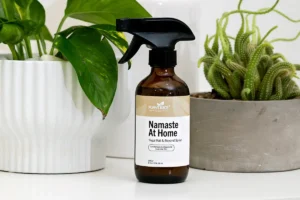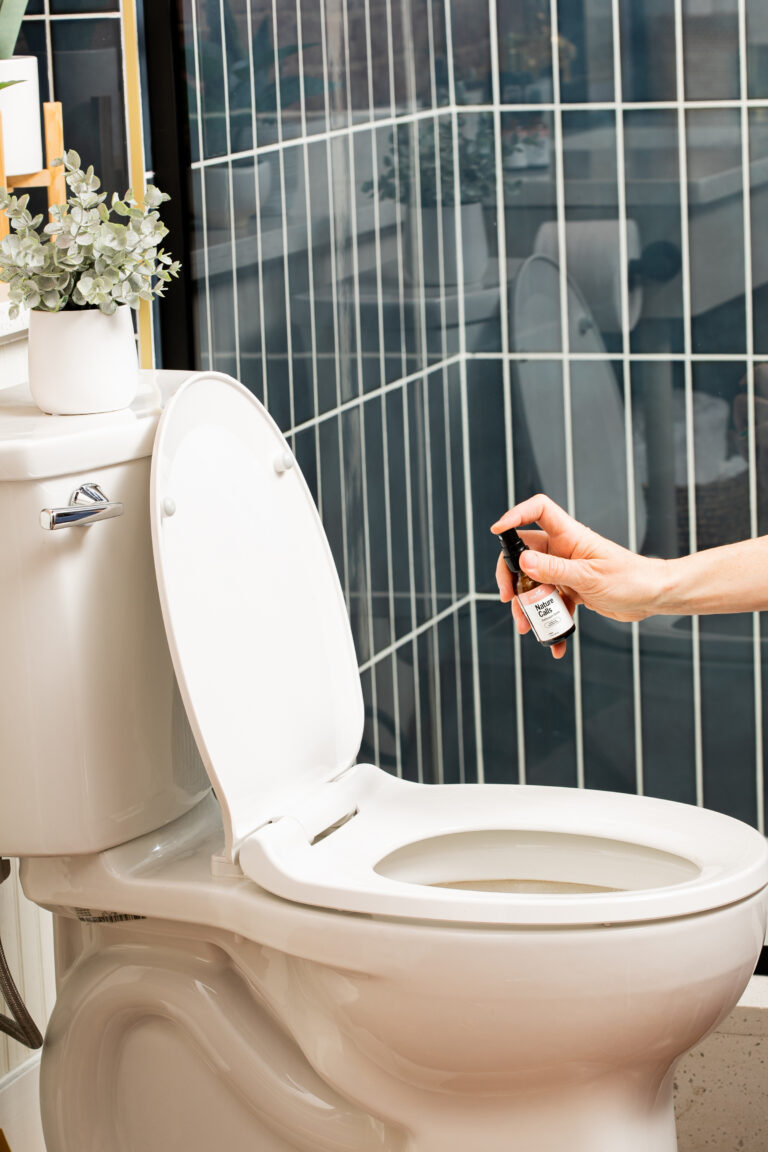
Stay Grounded During the Winter Months
As we head into the winter months it’s very important to stay grounded so we
share:
Understanding Different Methods of Cleaning.
When you understand the different methods, it can be very helpful for reaching the goal of keeping a clean home. If you look at cleaning products on the market, there are lots of different labels and not a lot of explanation about what they mean.
We’re going to break down these terms so you know what to grab the next time you really need a deep cleaning. We’ll also look into how you can achieve the same results using natural methods.
What does it mean for something to be clean? It simply means that all the visible dirt is gone from whatever you’re cleaning. It can also mean removing any unpleasant odors as well. We’ve all been in a bathroom that looked clean but still smell had you thinking otherwise!
There are all kinds of natural and chemical cleaners out there, but if something says it’s a cleaner that means it’s designed to only clean up visible dirt. This means that it doesn’t kill germs, viruses, or any nasty things that we don’t see.
Something like soap could still kill germs, but it’s not designed for it. Soap, if you look at a molecule, has one side that’s attracted to water and one side that’s attracted to fats. This is how soap carries away greasy things, including some bacteria, but it doesn’t kill the bacteria.
Soap also breaks the surface tension of water and makes it easier to dissolve and remove dirt from a surface.
There are a ton of natural cleaners out there, including soap, vinegar, baking soda, and others that we talked about a while ago in our home cleaning post. But what if you need to go a step further? Understanding different cleaning methods can help you in the long run so you are actually cleaning the way you intended in the first place.
A sanitizer kills bacteria on a surface for a certain amount of time. To get a label as a sanitizer, the product has to undergo testing by the EPA to see if it kills bacteria, especially certain bacteria that cause illness.
Sanitizers are only meant to kill bacteria. They will not help you against viruses, molds, and other contaminants that could make you sick. Bacteria cause most of our food-borne illnesses, so you’ll see sanitizers a lot in restaurants and in kitchen cleaning supplies.
There’s another form of sanitizer most of us are very familiar with now. Hand sanitizer is intended to kill the bacteria on your hands so you can’t get sick. Some sanitizers do work on viruses, which is why we’ve all been using it like crazy in the past years.
The most common sanitizer you’ll find in the home is alcohol, whether a rubbing alcohol or even plain old ethanol, the kind in your cocktail. Our Namaste At Home and So Fresh sprays use ethanol as the main sanitizer, with essential oils to add more power and a better scent.
Remember when you use a sanitizer that it has to rest on the surface for a little while to kill the bacteria. They’re not like a cleaner you can spray on and wipe off. If you spray an alcohol-based sanitizer, let it rest for at least 30 seconds before you wipe it off. This is also why you don’t wash your hands after applying hand sanitizer!

A disinfectant kills more than just bacteria. It also kills mold, mildew, viruses, and bacteria that other sanitizers cannot touch. We’ve all used bleach sometime, the most common chemical disinfectant you’ll find in the home. But using bleach can be really dangerous, especially in an enclosed space.
Fortunately, there are several natural disinfectants you can use to deep clean your home. Some are more effective than others, but you can combine them or make them more concentrated to increase their potency.
If you’re able to get a bottle of pure alcohol, that alone can work to disinfect your home. If you don’t want your house to smell of booze, you could use two parts rubbing alcohol and one part water. Though rubbing alcohol isn’t natural, it has the advantage of evaporating quickly.
Vinegar is a common home cleaner and it can also disinfect, especially the stronger versions you’ll find at a gourmet grocery store. Anything about 7% will work. But its downside is that it takes much longer to disinfect. Let it rest for at least 30 minutes before cleaning it off.
The simplest disinfectant you can use is plain hot water. As long as your water is at least 140 degrees Fahrenheit, and preferably above 150, it will disinfect. Once it dips below this temperature, it’s not effective.
This is a very hot temperature that most people cannot stand to touch, but if you’re eager to keep harsh chemicals out of your home and need to disinfect, then keep water hot for cleaning.
Sterilizing is the most intense form of cleaning, and one you’re not likely to do at home. Sterilization kills ALL life on a surface, not just the nasty stuff. Most chemical sterilants are only sold to hospitals or other places that need that level of cleaning.
For the home, the only way you’ll usually sterilize is with boiling water or with bleach. If you have ever done home canning, one step is boiling all the pieces for a little to sanitize them before you put food in. People who make their own beer and wine also have to use boiling water and, sometimes, chemical sterilants to clean bottles and brewing equipment.
It’s rare that a home needs a sterilized surface. All disinfectants and sanitizers will kill the nastiest things that could make you sick. There are many bacteria that do not cause harm, and even help, human life. Try looking up information on the gut biome sometime!
Now you know and understand the different methods of cleaning. Sanitizing, disinfecting, and sterilizing. Remember that if you’re going to use a sanitizer or a disinfectant that it has to stay on the surface of what you’re cleaning long enough to do the job.
Also, there are natural ways to kill germs, viruses, and other things that make us sick. You don’t have to reach for the chemical cleaner every time! Yes, it may be faster and more convenient, but if you want to keep a more natural home, then it’s worth the effort to try the old ways.

As we head into the winter months it’s very important to stay grounded so we

Discover relief from muscle pain with essential oils. The Mind Prep We all want to

Navigating the storm of stress can be a powerful tool in your wellness toolbox. Stress

All Natural Bathroom Spray Our all natural bathroom spray. Infused with essential oils, this unique